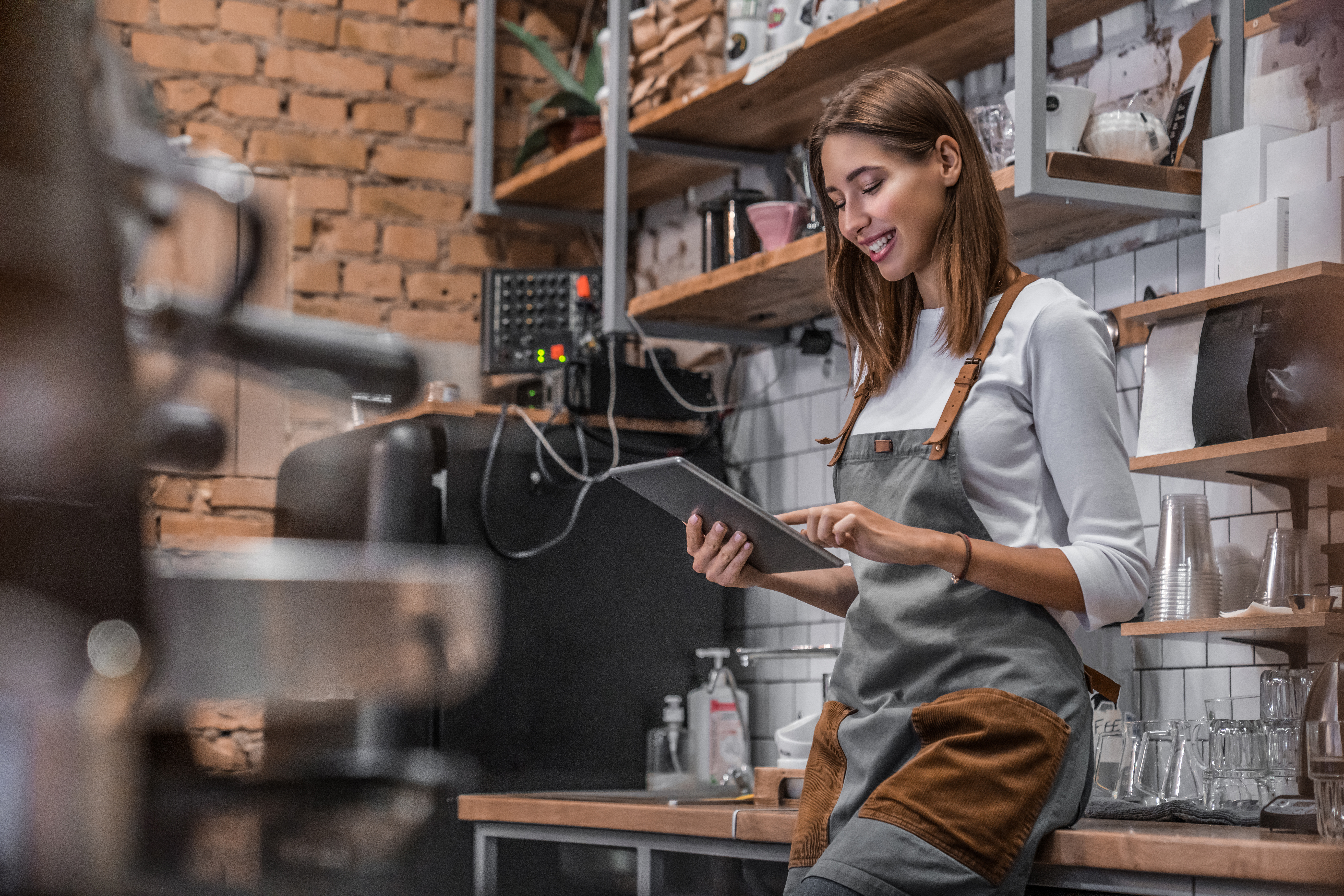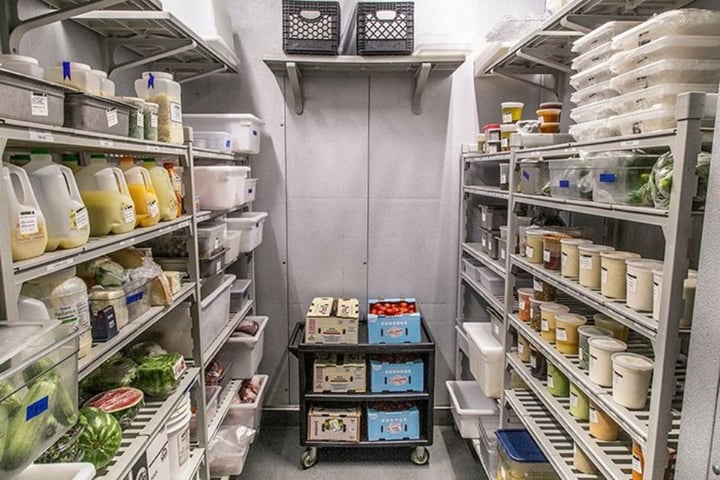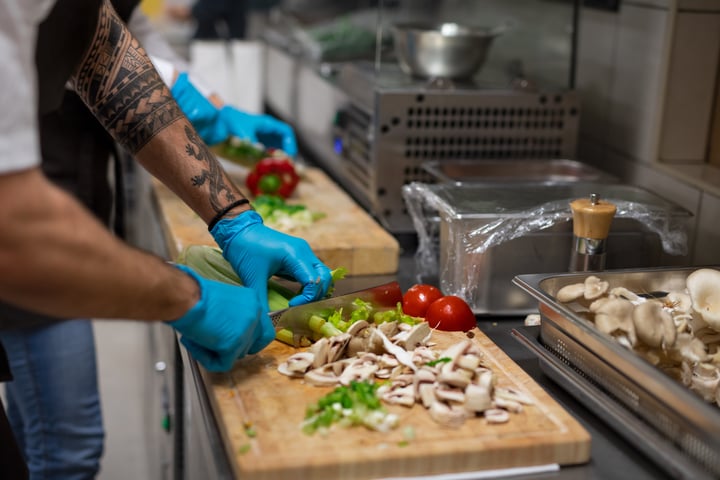
- Home
- Crunchtime Blog
- The Intrinsic Value of Automation in Restaurants

The Intrinsic Value of Automation in Restaurants
Running a successful restaurant takes more than good food and excellent customer service. To make it in this competitive industry, restaurant operators must ensure that inventory is stocked, labor is appropriately scheduled, daily prep is efficient, and sales forecasts are accurate.
But ensuring that everything runs smoothly in the back of the house can take a restaurant manager’s time and attention away from the front of the house and what matters most: their team and their customers. That’s where automation proves its intrinsic value as a critical time-saver and efficiency-creator.
Automations makes operators smarter

Most restaurant managers don’t go into the business thinking that they’ll be spending most of their time crunching numbers in a tiny back office. They chose restaurants because they love interacting with customers, providing exceptional service, and serving up great food. That’s why Bill Bellissimo, CrunchTime’s President & CEO, believes so strongly in automating the mundane yet essential daily tasks of running a restaurant.
“When it comes to ordering, forecasting, receiving, scheduling, and prep, restaurant operators should let a back-of-house software crunch the numbers then use the insights delivered to determine things like what to order and how many servers to schedule during a given shift,” said Bellissimo. “Your restaurant becomes more efficient when you let your team do what they do best and let the computer focus on running the data that will inform a smart set of actions.”
It starts with a solid sales forecast
An accurate sales forecast is dependent upon having a system and data architecture in place to generate rich transaction details. A robust back-of-house platform is paramount as it will look at sales data, purchasing patterns, labor efficiencies, and POS (Point of Sale) data in real-time.
When the right back-of-house platform captures this kind of data, it can create an accurate sales forecast that allows restaurant operators to automate with confidence numerous tasks, such as:
- Auto ordering – create orders based on par levels, historical consumption patterns, sales forecasts, and on-hand inventory levels to ensure that the right products are in house
- Auto receiving – load vendor orders into inventory when they conform to preconfigured parameters
- Auto labor scheduling - generate, manage, and distribute automatically optimized schedules anywhere at any time
- Auto prep reminders – create custom production plans for the week, day, shift, hour, or food prep station based on historical consumption patterns and projected sales
Is your back-of-house software up to automating your operations?
Your back-of-house software vendor should be committed to providing great infrastructure and real-time data that not only allows you to automate your operations, but also course-correct as the day progresses.
Bellissimo believes automation should be a built-in feature of every back-of-house platform. “Data science, machine learning, and AI are just a bunch of words until you bring them to life in a meaningful way. ”We’re using those principles to change the way restaurants run,” he said. “If your back-of-house platform isn’t driving big efficiencies in your restaurant, then it’s time to reevaluate.”
Ready to automate your back-of-house with a best-of-breed software? Contact CrunchTime today.
Share this post
Related


4 Ways Inventory Management Helps Scratch Kitchens Reduce Food Costs

